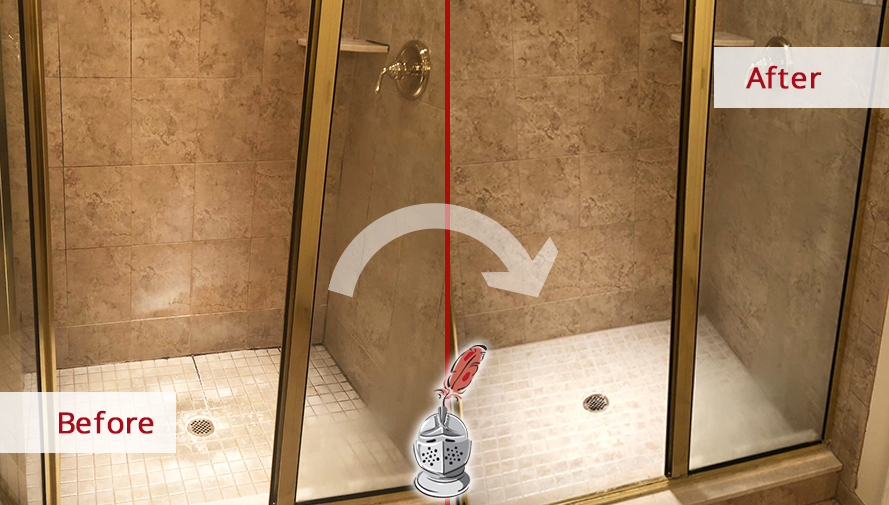How to Help Prevent Water Damage in Your Bathroom
How to Help Prevent Water Damage in Your Bathroom
Blog Article
Were you trying to locate selective information on Looking for Signs of Water Damage in the Bathroom?

The bathroom is incredibly at risk for moist build-up and also potential water damage because of the regular use water in it. This write-up offers simple evaluation methods to assist identifying water damages hazards.
The frequent use of water in the restroom makes it incredibly at risk for moist accumulation and potential water damage. By examining it routinely, you can reduce water related damages.
The following set of evaluations is simple to do as well as must be done when in every three months in order to keep your restroom in good shape as well as to avoid potential water damages caused by the bathtub, the shower, pipe joints and also plumbing, sinks, closets, and also the commode
Do not forget doing these evaluations as well as be comprehensive while performing them. Keep in mind that these simple inspections can conserve you a great deal of cash by offering early indications for water damages
Sinks and Cabinets
Sinks and also cupboards are subjected to dampness and moisture daily and are frequently overlooked. Evaluate on a regular basis under the sink as well as on the countertop above it. Fix any type of drip in the trap as it may recommend drain problems. Look around the sink, slow-moving draining pipes may show an obstructed drain. Change sink seals if they are split or loose.
Bathtub and also Shower
The shower as well as bathtub call for unique attention and also upkeep. Check the floor tiles as well as replace if fractured. Make certain that there is no missing cement between the floor tiles. Check and change broken caulking at joints where the walls satisfy the floor or the bath tub. Blocked drains as well as pipes troubles will protect against the tub from drying as well as may show major troubles below the bath tub. Consult with a specialist instantly to stop structural damages. Pay attention to stainings or soft areas around the tub walls as they might indicate an interior leakage.
Plumbing
Signs for water damage are tough to discover given that many pipelines are installed inside the wall surfaces.
Pay special interest to flooring as well as wall surfaces moisture and also stains as they may show an unnoticeable plumbing issue. Examine moisture degrees in adjoining spaces too.
The Toilet
The bathroom is an at risk water junction. Inspect the water lines and also search for leaks around the commode seat, in the hose, as well as under the water container. If you detect any type of indicators of moisture on the floor around the commode, look for leaks in the toilet rim and also tank seals.
Know that hanging toilet bowl antiperspirants raises the chances for blockages.
TIPS TO PREVENT WATER DAMAGE IN THE BATHROOM
The average household uses approximately 80-100 gallons of water per person per day. For a family of 4, that's almost 2,500 gallons of water a week! The largest portion of this consumption comes from bathroom use. Flushing the toilet uses the most water, followed by taking a shower or bath. With that much water running through the home, water damage in the bathroom is bound to happen. Knowing how to spot signs of a water leak is essential to preventing long-term damage. This guide provides you with tips to reduce the impact of water damage on your bathroom.
CAUSES OF BATHROOM WATER DAMAGE
Pipe breaks are the most common cause of water damage we see in our daily jobs. The age of a pipe plays a large role in a pipe break as well as corrosion. Over time, the metal begins to break down, allowing water to escape. Frozen pipe breaks are also a concern in the winter months. Toilet overflows caused by paper products or children flushing inappropriate items. Degraded caulking around the toilet or bathtub can allow water seepage, sometimes behind the fixture, into the subfloor or walls. Condensation forms when the water in a pipe is cooler than the air temperature. Beads of water form on the exterior of the pipes, sometimes so much so that the water begins to drip and pool below. Sink or shower backups created by poor drainage. HOW TO PREVENT WATER DAMAGE IN YOUR BATHROOM
Inspect your toilet supply line for worn or frayed hoses and replace them as needed. Winterize your plumbing to prevent a frozen pipe break. Use vent fans to prevent condensation that can lead to mold growth. Routinely check and replace degraded caulking around your toilet or bathtub. Increase the temperature in your toilet tank and insulate your pipes during the warm summer months to keep condensation from forming. Use child safety locks on the toilets. Flush only toilet paper. "Flushable" wet wipes are actually not good for your plumbing system. Additionally, feminine hygiene products should not be flushed. Prevent water from escaping the tub or shower. Make sure shower curtains are in good condition. Inspect shower doors and replace the seal strip if necessary. Wipe up any water that accumulates on the floor and use bath mats. Water left to sit can cause damage to the tiles and flooring. Refrain from using bath products containing heavy oils to avoid a clogged drain.

As an avid reader on Looking for Signs of Water Damage in the Bathroom, I imagined sharing that piece of content was necessary. Sharing is good. Helping people is fun. I enjoy reading our article about Common Causes of Water Damage in a Bathroom.
Schedule A Free Estimate Report this page